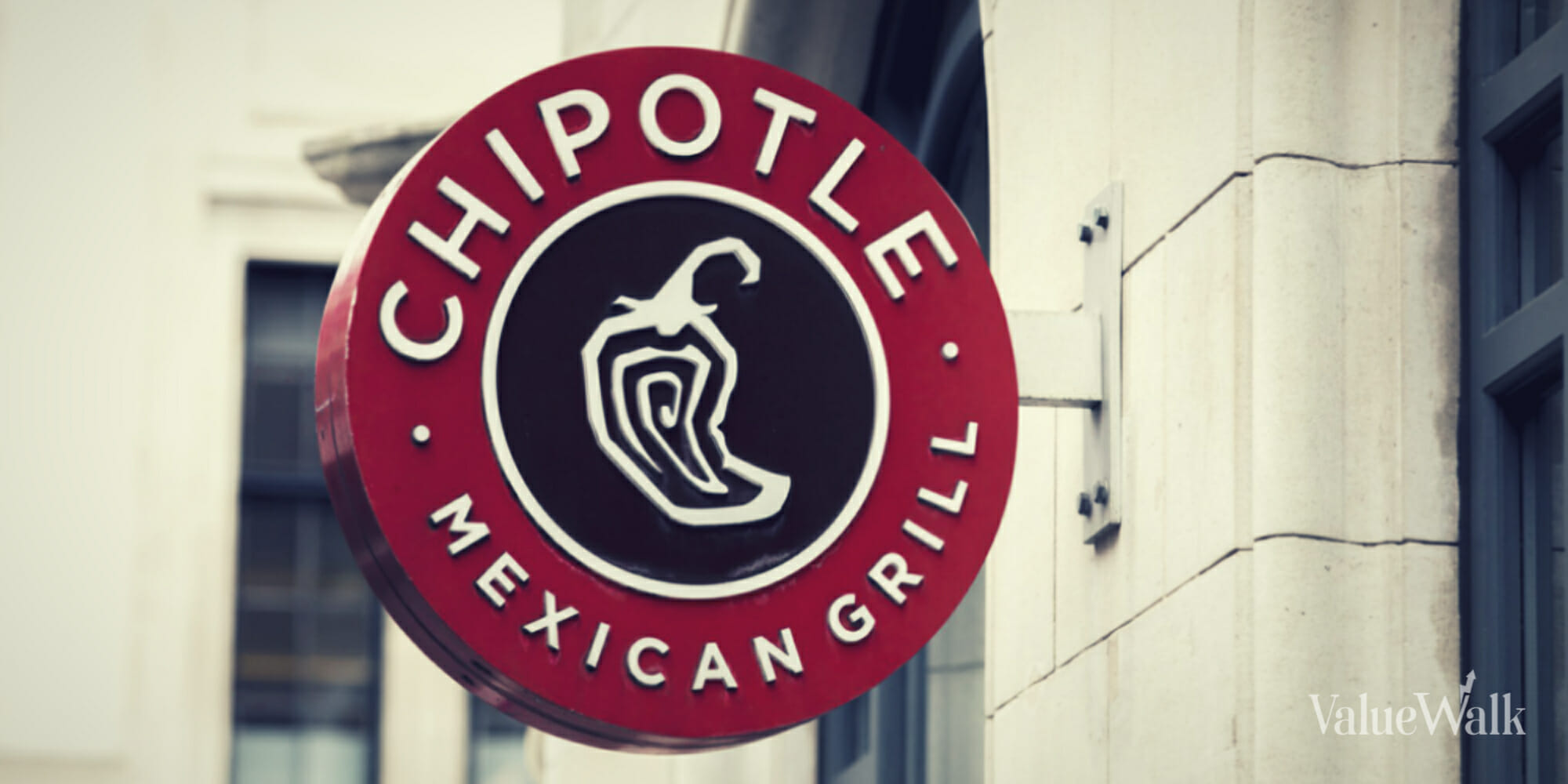Few are willing to violate the taboo against mentioning that the Buy-and-Hold retirement studies get the numbers wrong. But I have seen a number of people acknowledge that perhaps the 4 percent rule is not entirely valid. The highest CAPE value that we saw prior to the bull market that began in 1982 was the “33” that brought on the Great Depression in 1929. In January 2000, the CAPE was “44.”
So some have conceded that a 4 percent withdrawal was not “100 percent safe” (that was the language used by some Buy-and-Holders) in January 2000.
That’s good. All concessions to the realities are good news. But the suggestion that the Buy-and-Hold retirement studies are wrong only because valuations rose so high in recent years misses the most important point. Say that the CAPE had not risen above 33 in recent years. Would the fact that 4 percent had always worked in the past show that 4 percent is safe? It would not.
A 4 Percent Withdrawal Rate Isn’t Safe
For a retirement that began in 1929, a 4 percent withdrawal worked. But that retirement was not safe. It’s not even a close call. That retirement had a 50 percent chance of failing and a 50 percent chance of surviving for 30 years (a retirement that does not go bust for 30 years is deemed to have worked, under the safe withdrawal rate studies). Do I need to explain why that was so?
I shouldn’t need to explain. The concept of safety that applies in the investment advice field is very different than the concept that applies in all other fields of human endeavor. If you drive sober hundreds of times and never have an accident and then drive drunk on four occasions and have accidents in each of those cases for which you are hospitalized but do not quite expire, would you conclude that driving drunk has been demonstrated to be “100 percent safe”?
That would be a crazy way to look at things, right? But that’s the logic that the Buy-and-Holders are applying to the stock market when they conclude that a 4 percent withdrawal is always 100 percent safe. Stocks earn an average long-term return of 6.5 percent real. So withdrawing only 4 percent of a one-million-dollar portfolio each year for 30 years should leave you with a portfolio of several million, should it not?
That portfolio should be growing and growing and growing over those 30 years. What the studies are showing, however, is that only $1 remained in the portfolio at the end of 30 years. If a 4 percent withdrawal left more than $1 in the portfolio, the safe withdrawal rate would be said to be something higher than 4.0 percent, it would be the withdrawal percentage that left only $1 in the portfolio.
Why did that 4 percent withdrawal produce such horrible results? Because the valuation level that applied in 1929 was so horrifying that the true withdrawal rate was much lower than 4 percent. A retirement plan calling for a 4 percent withdrawal was certainly not safe. It was a high-risk retirement plan that by luck happened to survive.
The Buy-and-Hold Urge
Does it matter? Not according to our Buy-and-Hold friends. Not according to the “experts” in this field. Not according to the committee that approved the Trinity study for publication in a peer-reviewed journal. Not according to the thousands of newspapers that told their readers that a 4 percent withdrawal rate was always safe. Not according to the owners of all of the internet sites that banned honest posting re this question during the 21 years during which I have tried to bring it to people’s attention.
There’s one more. Not according to the vast majority of the investors who were done harm by the analytically invalid studies.. If we demanded accurate and honest studies, we would get them. I did not study stock investing in school. How is it that I noticed the error in the Greaney study and so many others did not? It’s because those others wanted the Greaney study to be valid, they wanted Buy-and-Hold to be a legitimate strategy, they wanted their portfolio to be worth twice what it was really worth. Greaney and all the others were telling them what they wanted to hear. So they let him slide on the error in his study.
We wouldn’t accept this sort of thing from teachers or engineers or plumbers. We need to think about whether we should be applying the same sorts of standards and laws to people in the investment advice field as we apply to people who are employed in every other field of human endeavor.
We apply different standards in this field because we all have a Get Rich Quick/Buy-and-Hold urge residing within us. If we all were thinking clearly, we would want investment advisers to help us to rein in that dangerous urge rather than to encourage us to let it run entirely wild.
The safe withdrawal rate concept could be a valuable tool for retirement planning. One of the things that I liked about Greaney’s site is that he put so much focus on it. But for the tool to be helpful, we need to perform the calculations in an honest and accurate way. I feel like I am talking baby talk because the points that I am making are so obvious. But, given where things stand in this field today, these words need to be said.
Rob’s bio is here.





